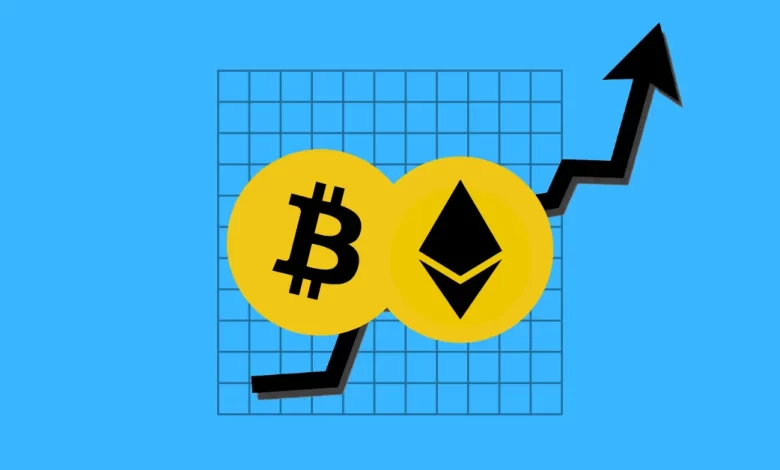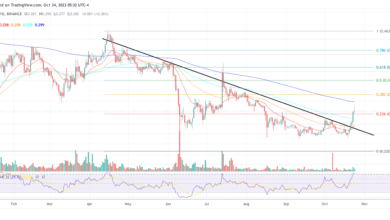Santiment Identifies Promising Signs for Bitcoin (BTC) and Ethereum (ETH) Bull Runs

Bitcoin and Ethereum, the two largest cryptocurrencies, are showing signs of future price increases, according to a report by Santiment, an on-chain data vendor.
The report states that investors are actively withdrawing their Bitcoin and Ethereum holdings from crypto exchanges and moving them to secure cold storage wallets. This trend suggests that investors are becoming more confident in the long-term potential of these cryptocurrencies.
While it is not a perfect indicator, the decrease in the supply of Bitcoin and Ethereum on trading platforms and the increase in self-custody storage is seen as a positive signal for future bull runs. However, it is important to note that these bull runs may take some time to materialize. At the time of writing, Bitcoin is trading at $26,905, while Ethereum is priced at $1,814.
Concerns Arise over Upgraded Self-Custody Wallets
Recently, there has been some controversy surrounding self-custody wallets. Ledger, a major producer of cold wallets, released an upgrade that allows the seed phrase to be split into three encrypted parts and stored on different devices. However, this has raised concerns among the crypto community, as it potentially makes these wallets and the assets stored in them more vulnerable to hacking attempts.
Large Bitcoin Transactions to Cold Wallets Show Growing Interest
In addition, Whale Alert, a popular crypto tracker, has observed significant Bitcoin transactions from the Coinbase exchange to cold wallets. One particularly large transaction involved the transfer of 10,000 BTC worth $268,554,134. Overall, seven transactions moved a total of 5,813 BTC from Coinbase to cold wallets in chunks ranging from 823 to 830 Bitcoins each.
These developments indicate a growing interest in self-custody storage and a belief in the future value of Bitcoin and Ethereum. However, it is crucial for investors to remain vigilant and take necessary precautions to protect their assets in light of potential security risks.





